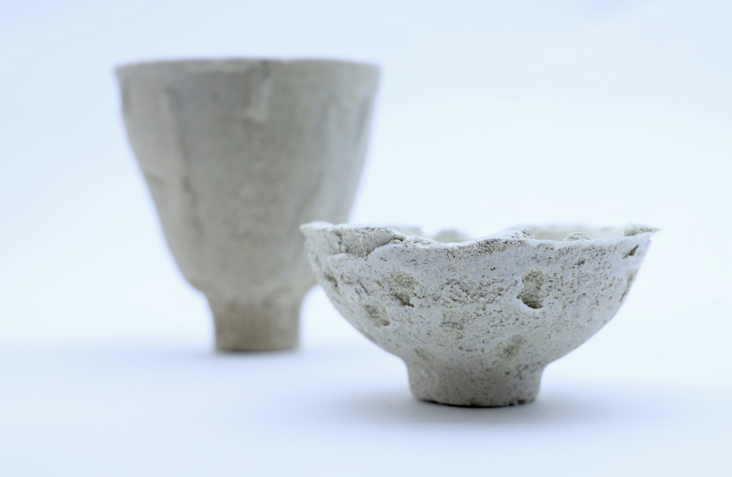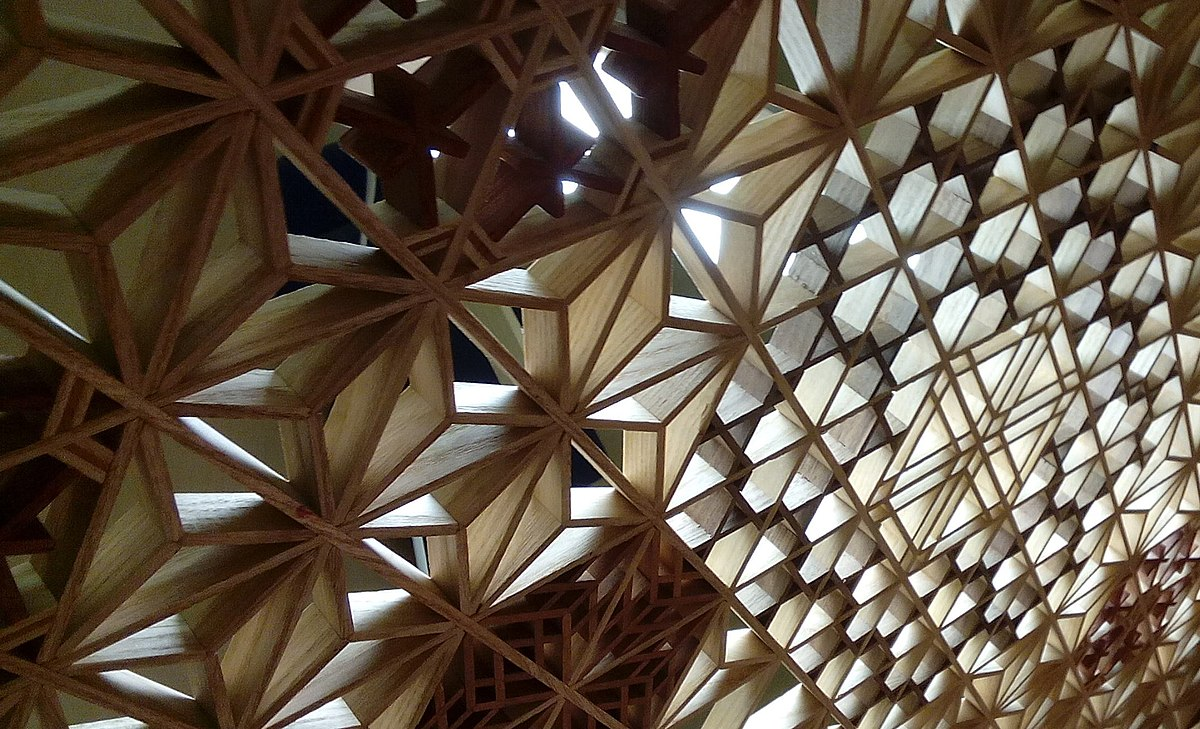Imagine pottery that glazes itself—without heat or kilns. That’s the revolutionary concept behind biotech ceramics, where soil-dwelling, non-pathogenic bacteria trigger biomineralization to naturally solidify and glaze clay. This method, championed by the innovative project BacTerra in collaboration with microbiologists at the University of Cape Town, promises a more sustainable alternative to traditional, energy-intensive kiln firing.
Beyond reducing environmental impact, this approach bridges ancient craft with modern science. The process leverages bacteria to deposit calcium carbonate—akin to natural eggshell formation—on pottery surfaces, forming a glaze in situ. Not only does this method eliminate high-temperature firing, but it also opens exciting creative possibilities, as each piece’s microbial patterns and textures can vary with subtle differences in bacterial activity and material composition.
As the pottery world seeks greener paths, biotech ceramics signals a promising future. This technique invites deeper dialogue between artisans and scientists, exploring how biotechnology can enrich traditional craft with innovation. If adopted more broadly, bacterial glazing may redefine the tools, materials, and processes of ceramics—fostering a fusion of sustainability, artistry, and scientific exploration.





